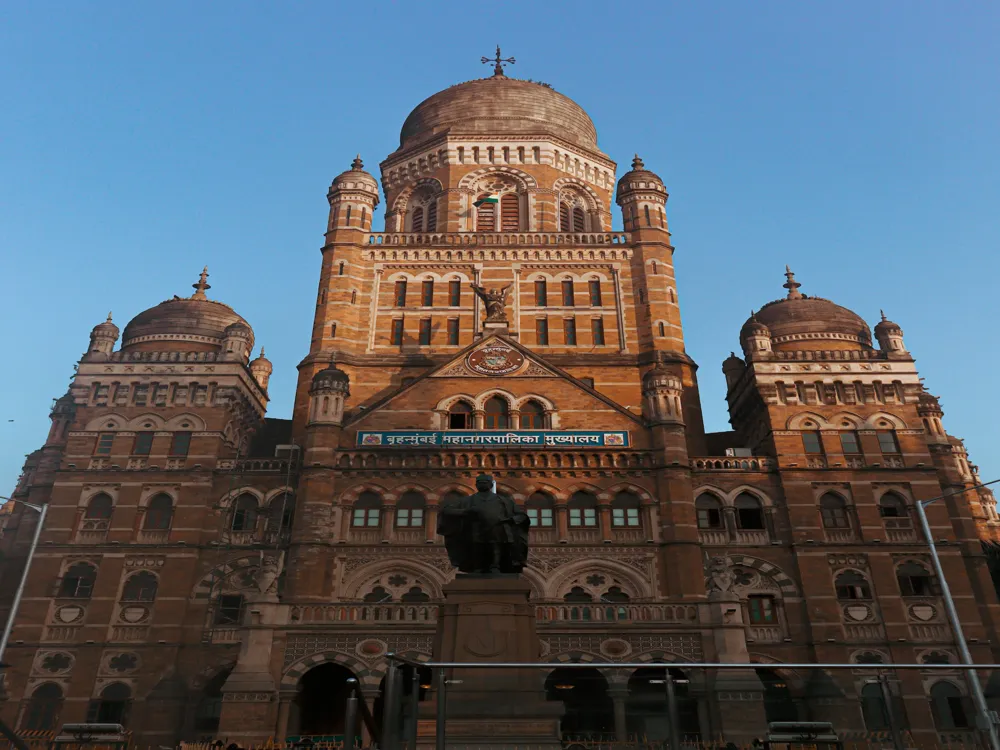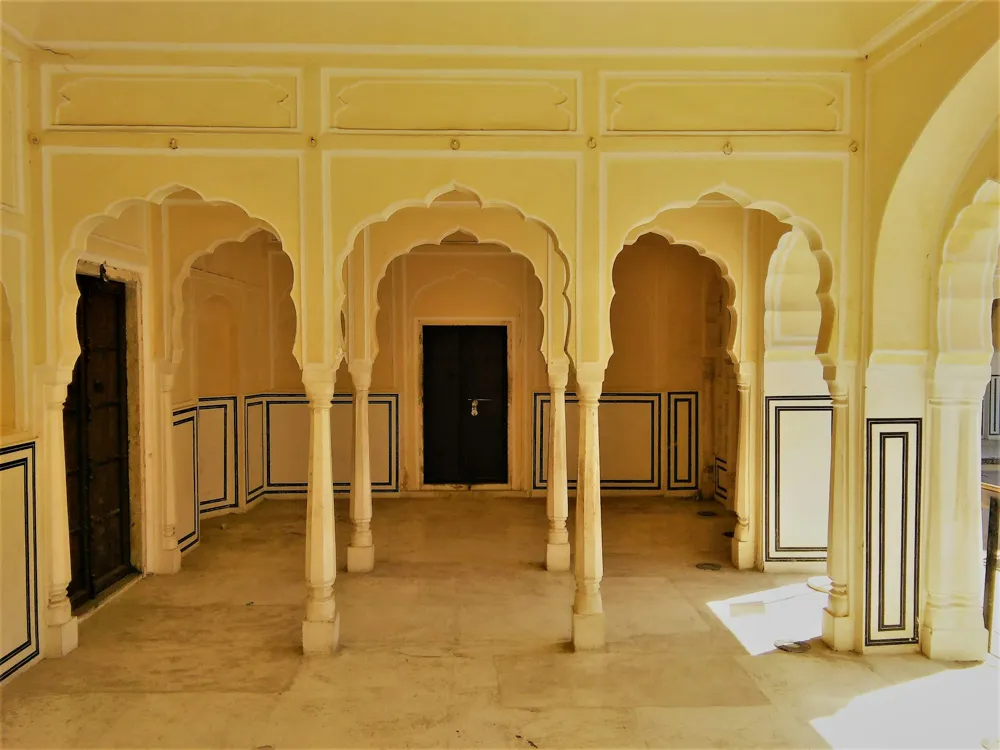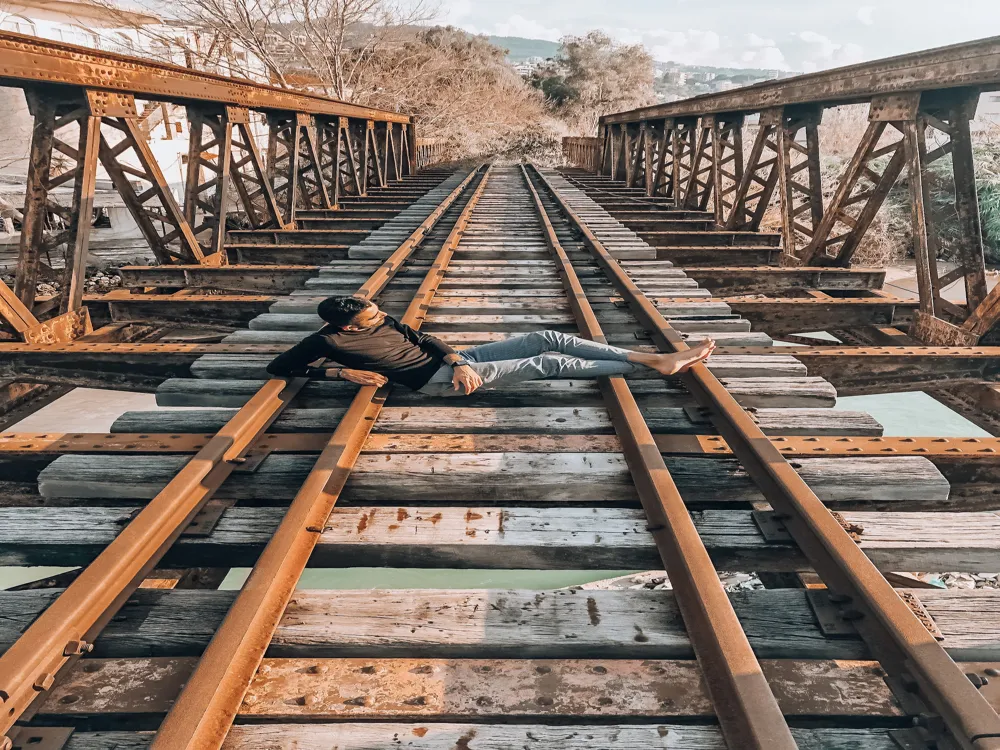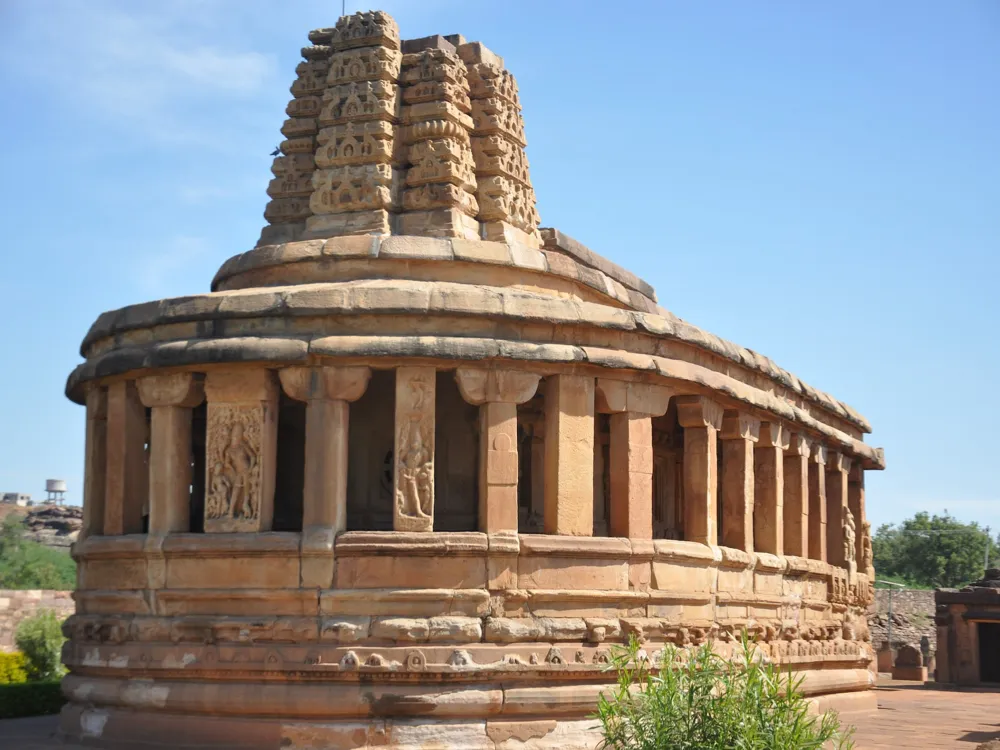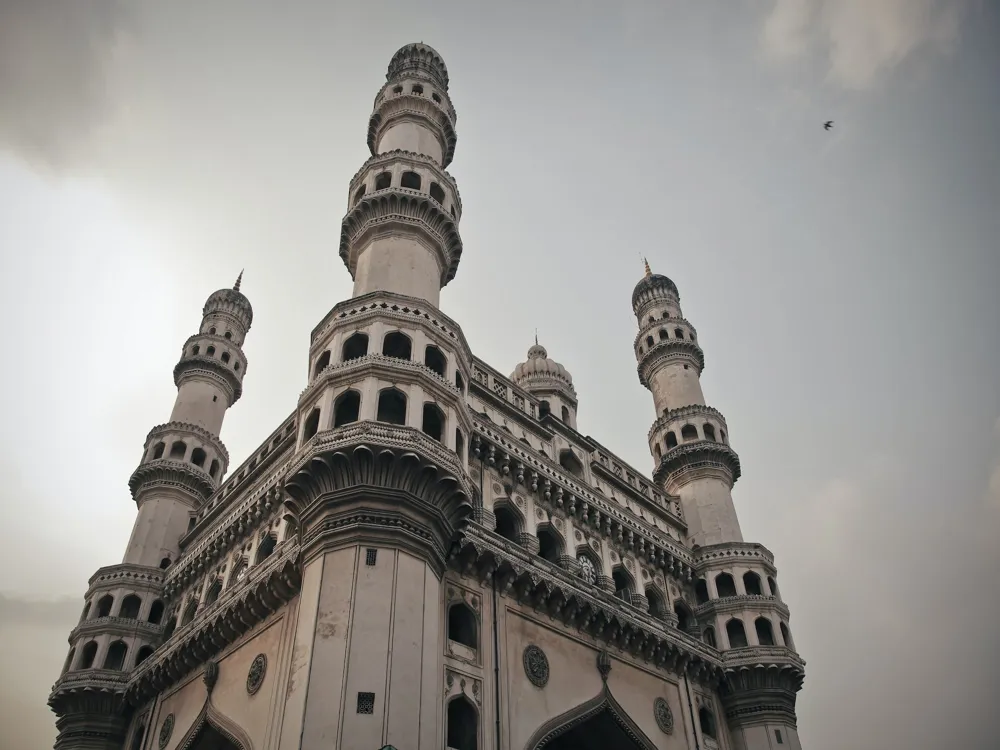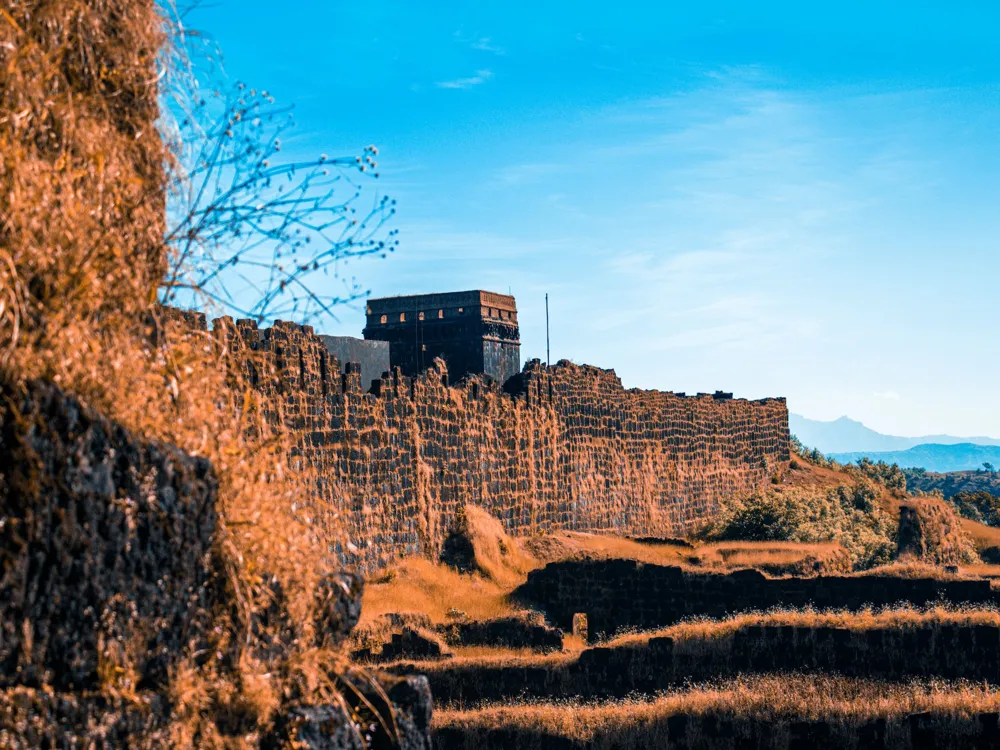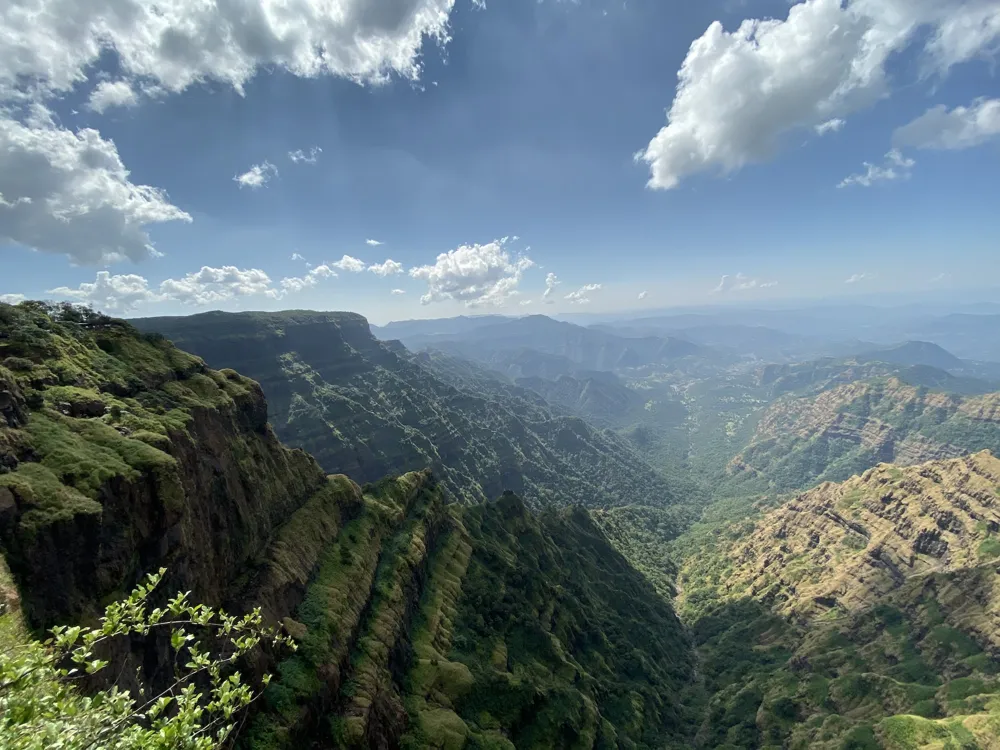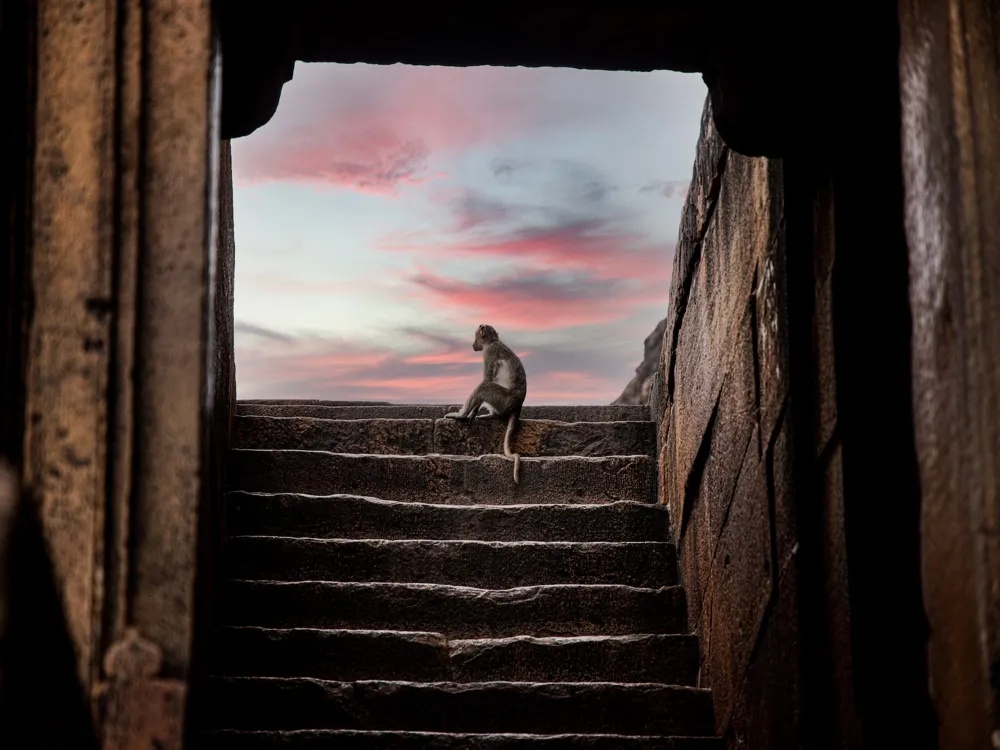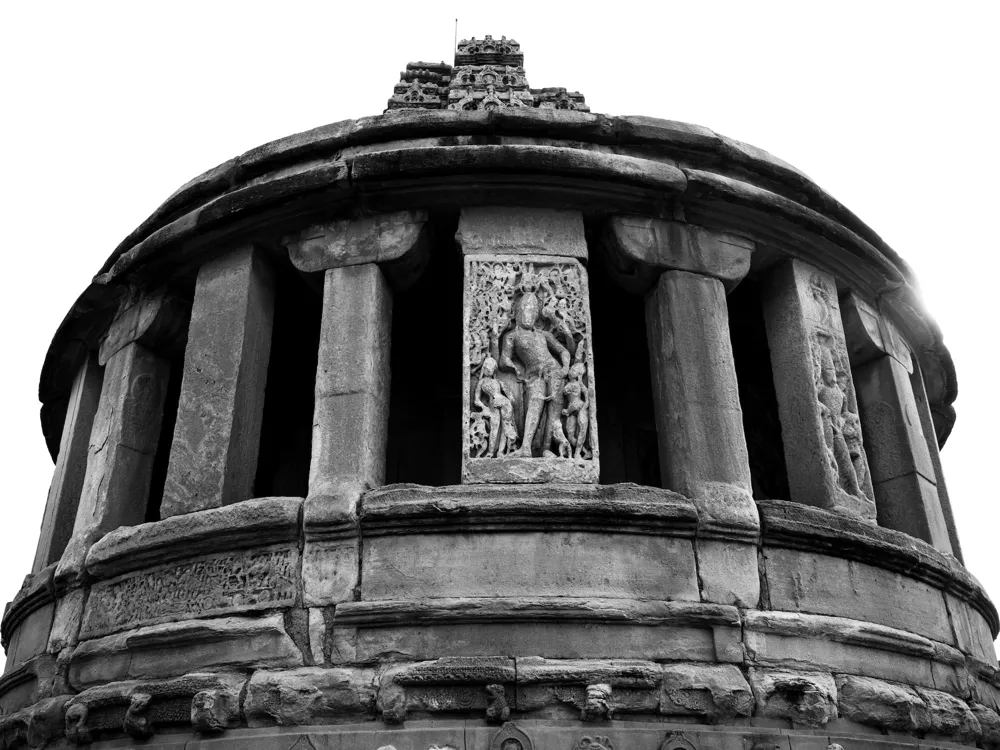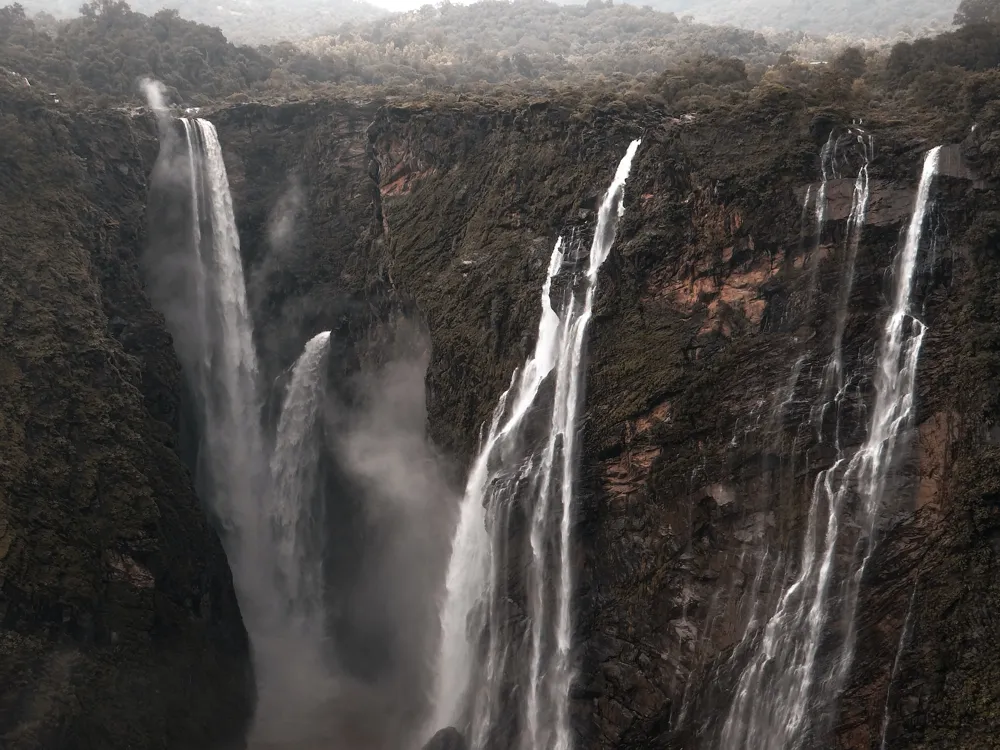Bijapur Fort, located in Bijapur, Karnataka, is a historical fortress that stands as a testament to the architectural brilliance and historical significance of the Deccan region. This magnificent fort was established during the reign of the Adil Shahi dynasty in the 16th century and has since been a symbol of power, resilience, and architectural grandeur. The fort complex, sprawling over a vast area, is home to several remarkable structures, including palaces, mosques, and tombs, each narrating a unique story of the bygone era. The fort's robust walls and imposing bastions were designed to provide impenetrable defense against invaders. Over the years, Bijapur Fort has witnessed numerous historical events and battles, adding layers of history to its already rich tapestry. The fusion of various architectural styles, including Persian and Mughal influences, is evident in the fort's design, making it a fascinating subject for historians and architects alike. Today, it stands not just as a relic of the past but also as an embodiment of the cultural and historical heritage of Karnataka. The architecture of Bijapur Fort is a remarkable blend of functionality and aesthetics, showcasing the ingenuity of its creators. The fort's layout is characterized by its massive ramparts, deep moats, and strategic positioning of bastions, reflecting the military prowess of the Adil Shahi rulers. The fort walls, made of solid stone, enclose a vast area, housing numerous buildings of historical and architectural significance. One of the most striking features of the fort is its harmonious blend of various architectural styles. The influence of Persian architecture is evident in the intricate jali work and ornate arches that adorn many structures within the fort. The Islamic influence is also prominent, with several mosques showcasing beautiful domes and minarets. These elements are seamlessly integrated with the indigenous Dravidian architectural style, resulting in a unique and captivating aesthetic. Inside the fort, the Gol Gumbaz, one of the most famous structures, stands out with its massive dome, which is one of the largest in the world. The Ibrahim Rauza, another architectural marvel, is known for its symmetrical design and exquisite craftsmanship. The fort also houses several palaces, like the Gagan Mahal and Asar Mahal, each bearing testimony to the luxurious lifestyle of the Adil Shahi rulers. The intricate carvings, stone lattice work, and detailed frescoes in these palaces reflect the artistic zenith reached during this period. The ideal time to visit Bijapur Fort is between October and March, when the weather is pleasant, making it conducive for exploring the expansive fort and its surroundings. Opt for a guided tour to gain deeper insights into the fort's history and architecture. Knowledgeable guides can provide fascinating anecdotes and historical context that enrich the visiting experience. As Bijapur has a warm climate, it is advisable to wear light, comfortable clothing. Also, since the fort is a site of historical and cultural significance, dressing conservatively is recommended. Bijapur Fort offers numerous photogenic spots. Early morning or late afternoon light provides the best conditions for photography, highlighting the fort's architectural details beautifully. Bijapur is well-connected by road, rail, and air. The nearest airport is Belgaum Airport, about 205 kilometers away. Bijapur also has its own railway station, which is well connected to major cities in India. By road, Bijapur is accessible through various national and state highways, making it convenient for visitors to reach the fort from different parts of the country. Read More:Overview of Bijapur Fort, Bijapur, Karnataka
Architecture of Bijapur Fort
Tips When Visiting Bijapur Fort
Best Time to Visit
Guided Tours
Dress Appropriately
Photography Tips
How To Reach Bijapur Fort
Bijapur Fort
Bijapur
Karnataka
NaN onwards
View bijapur Packages
Weather :
Tags : Forts & Palaces
Time Required : 1 hr
Timings : 10:00 AM to 6:00 PM
Entry Fee : Indians and SAARC Nationals: INR 15
Foreign Nationals: INR 200
Planning a Trip? Ask Your Question
Bijapur Travel Packages
View All Packages For Bijapur
Top Hotel Collections for Bijapur

Private Pool

Luxury Hotels

5-Star Hotels

Pet Friendly
Top Hotels Near Bijapur
Other Top Ranking Places In Bijapur
View All Places To Visit In bijapur
View bijapur Packages
Weather :
Tags : Forts & Palaces
Time Required : 1 hr
Timings : 10:00 AM to 6:00 PM
Entry Fee : Indians and SAARC Nationals: INR 15
Foreign Nationals: INR 200
Planning a Trip? Ask Your Question
Bijapur Travel Packages
View All Packages For Bijapur
Top Hotel Collections for Bijapur

Private Pool

Luxury Hotels

5-Star Hotels

Pet Friendly








